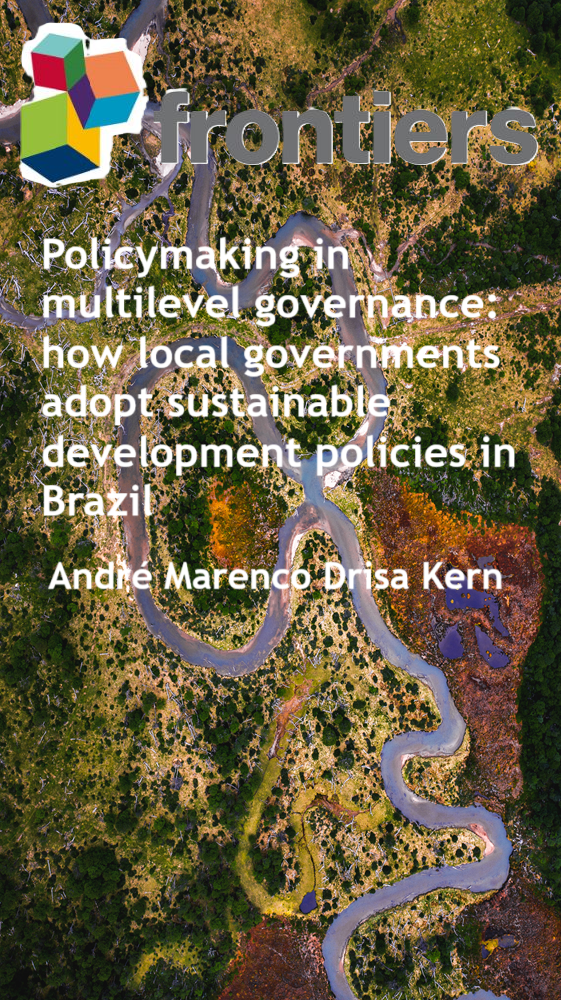Policymaking in multilevel governance: how local governments adopt sustainable development policies in Brazil
Brazil has a multilevel governance institutional arrangement, where
environmental policies has been designed by the federal government but depend
on the cooperation of the 5,570 municipalities, which have administrative
autonomy for their implementation. The study goal was to investigate factors
that drove municipalities to adopt legislation and regulation agencies regarding
environmental management. The research (1) mapped government capacity
for environmental management in municipalities; (2) verified the presence of
local legislation for environmental regulation; and (3) identified determining
factors for the adoption of that legislation. Four sets of factors were considered
in that approach: (a) municipal state capacities, represented by environmental
departments, councils, and budget; (b) policy diusion; (c) political factors; and
(d) demography. We used data from MUNIC 2020 [Survey of Basic Municipal
Information], carried out by the Brazilian Institute of Geography and Statistics
[IBGE], and electoral data from the Supreme Electoral Court [TSE]. Descriptive
and inferential statistics—in this case, logistic regression—were used to analyze
the data. Results suggested that municipalities with environmental councils are
five times more likely to adopt environmental legislation, while the presence
of specific secretariats increased the likelihood of legislation adoption by 29%.
State capacities matter: Councils, secretariats and local civil service with higher
education are the main factors that empower municipal governments to adopt
environmental policies.
KEYWORDS
multilevel governance, environmental management, environmental legislation,
municipal government, state capacities
Marenco A and Kern D (2025) Policymaking in
multilevel governance: how local
governments adopt sustainable development
policies in Brazil. Front. Polit. Sci. 7:1580685.
doi: 10.3389/fpos.2025.1580685


